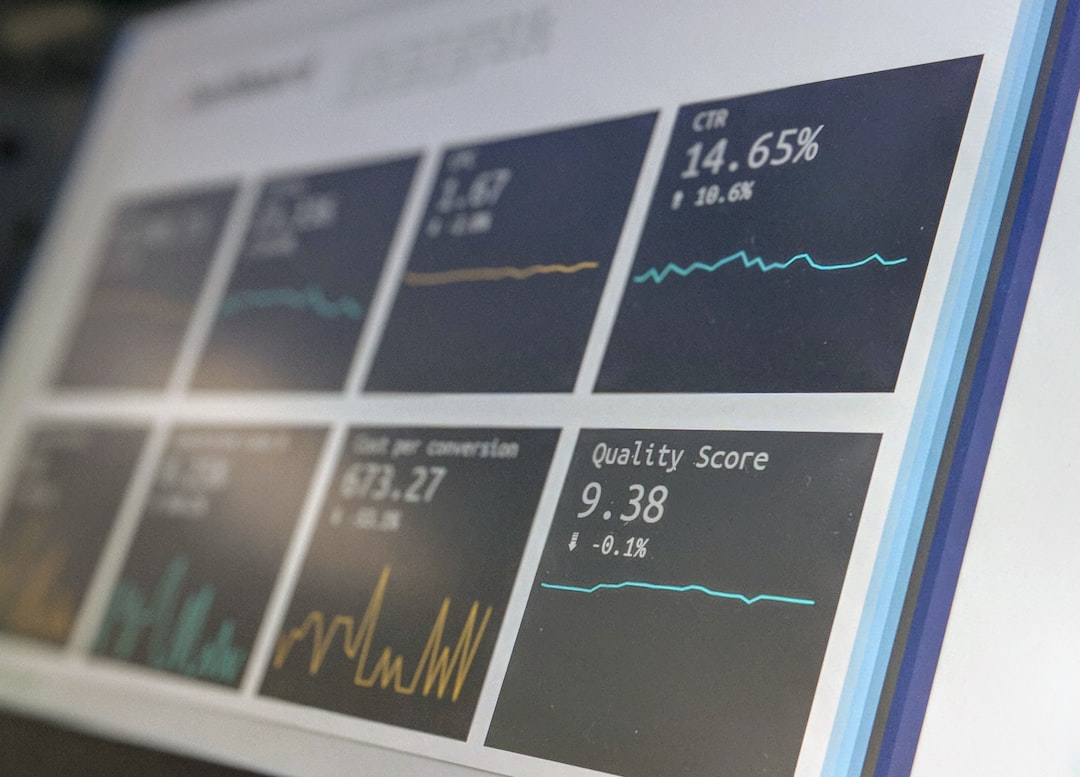In an increasingly crowded digital landscape, rapid iteration of social ad creatives is no longer optional—it’s vital. Creative testing allows marketers to pinpoint what resonates with their audience, optimize performance, and save budget. But testing manually can be time-consuming and inconsistent. That’s where creative testing tools come into play, providing structure and efficiency through automation, data insights, and streamlined workflows.
TLDR
Creative testing tools help marketing teams move faster by automating the iteration of visuals and copy. Solutions like Facebook Experiments, AdEspresso, and VidMob provide powerful capabilities for split testing variations, analyzing performance, and generating creative recommendations. These platforms eliminate guesswork, reduce creative fatigue, and enhance return on ad spend. If your brand runs regular campaigns on social media, these tools are essential to staying competitive.
Why Creative Testing Matters
Before jumping into tools, it’s critical to understand why creative testing should be a top priority. Visuals and messaging are the most influential factors driving engagement, and subtle differences in color, phrasing, or structure can lead to drastically different results. Brands that embrace iterative testing can unlock continuous improvement in ad performance.
Moreover, platforms like Facebook and Instagram are increasingly prioritizing relevance and engagement. Better performing creatives can reduce CPM and CPC while increasing ROAS. A/B testing creatives rigorously allows your campaigns to generate data-driven insights rather than rely on creative instinct alone.
Top 7 Creative Testing Tools for Social Ads
Below, we’ve curated a list of the best tools on the market for creative testing across Facebook, Instagram, and other major platforms. These tools support everything from ad creation to multivariate testing and analytics.
1. Facebook Experiments (Built-in A/B Testing)
Facebook’s native A/B testing feature, located in the Experiments tool within Ads Manager, provides an excellent starting point for structured testing. Advertisers can set up tests to evaluate different creatives, audiences, placements, or delivery strategies.
- Key Features: Variation isolation, statistical confidence reporting, integration with business objectives
- Strengths: Free, familiar interface, maintained by Meta
- Limitations: Basic creative feedback, limited to Meta platforms
Use this tool to run clean tests (one variable at a time), especially if you’re seeking clear performance comparisons between ad elements such as headlines or thumbnails.
2. AdEspresso by Hootsuite
AdEspresso allows you to create, manage, and test hundreds of Facebook, Instagram, and Google ads in one interface. It’s tailored for performance marketers who want to streamline split testing at scale.
- Key Features: Multivariate testing for text, image, CTA combos; automation rules; dynamic reporting dashboards
- Strengths: Time-saving bulk creation, granular control over tests
- Limitations: UI may feel dated to some users; cost may be restrictive for smaller teams
AdEspresso is ideal for teams that want robust experimentation without diving deep into complex spreadsheets or platform APIs. Exportable reports also make cross-functional alignment easy.

3. VidMob
VidMob takes creative testing to the next level by incorporating AI-powered creative intelligence. It not only tests variations, but helps diagnose why some creatives perform better than others.
- Key Features: AI-based creative scoring, real-time asset performance tracking, actionable design recommendations
- Strengths: Unmatched creative insights, integrates with most major ad platforms
- Limitations: Higher cost, more suitable for enterprises and large campaigns
This tool is particularly useful when running video-heavy campaigns. VidMob can identify which parts of your videos (text overlays, colors, subject placement) drive engagement, saving teams from reworking entire assets.
4. Test Matrix Framework (Manual but Powerful)
While not a tool per se, the test matrix is a strategic framework used by many advanced teams to run cleaner, more useful tests. It helps you systematically combine different variables (e.g., images, headlines, CTAs) across ad iterations, ensuring full coverage of potential combinations.
- Key Features: Structured Excel or Airtable templates
- Strengths: Fully customizable, precise control over variables
- Limitations: Manual process, requires discipline and planning
Teams use it in combination with platforms like Facebook Experiments or AdEspresso. It avoids randomness and supports disciplined iteration cycles.
5. Marpipe
Marpipe is a multivariate ad testing platform that automates the generation and testing of dozens—if not hundreds—of creative variations simultaneously. It removes the bottleneck of design-heavy workflows.
- Key Features: Automated creative production, multivariate testing engine, rapid performance reporting
- Strengths: Efficiency at creative scale, integrates with ad platforms directly
- Limitations: Best used with already-designed asset components
Marpipe is particularly effective in helping brands determine the best combinations of images, copy, and layout across a campaign lifecycle.
6. Motion (formerly Motion App)
Motion focuses on performance creative analytics by aggregating and visualizing data trends across your social ad creatives. It’s less about launching tests, and more about analyzing results and informing your next creative direction.
- Key Features: Creative trend spotting, visual performance insights, cross-platform analytics
- Strengths: Beautiful UX, powerful insight generation
- Limitations: Doesn’t create or launch tests directly
Motion is a strategic partner in your testing loop. By identifying what themes and compositions are working across ads, it helps you replicate success.

7. Google Ads Experiments
Although primarily for Google-based ad testing, Google Ads Experiments deserves mention here due to its robust approach to structured A/B campaigns. For teams running cross-platform campaigns, this provides essential parity with Facebook Experiments.
- Key Features: Draft-and-experiment structure, custom metrics, timeline setting
- Strengths: Free, native, flexible
- Limitations: Google Ads only, less visual insight for image/video creatives
Think of it as an advanced testing playground for Google assets—especially useful if you align social testing timelines with Google-driven campaigns.
Best Practices for Using Creative Testing Tools
Selecting the right tools is only the first step. To get the most out of your creative testing workflow:
- Test one variable at a time: Isolate headlines, images, or CTAs to measure true impact.
- Use statistically significant data: Ensure enough impressions before drawing conclusions.
- Document results: Maintain a knowledge base of what worked, and why.
- Automate reporting: Use platforms with dashboards to cut down on email-heavy reviews.
Conclusion
With attention spans shorter than ever and competition heating up on every social channel, structured creative testing should be central to every performance marketing strategy. Whether you prefer platform-native solutions like Facebook Experiments, robust ecosystems like VidMob, or frameworks like a test matrix, the key is consistency. Iterate frequently, gather real data, and keep refining your message.
When combined with creative intelligence and automation, these tools don’t just increase efficiency—they directly contribute to stronger campaign ROI and more impactful brand presence.


